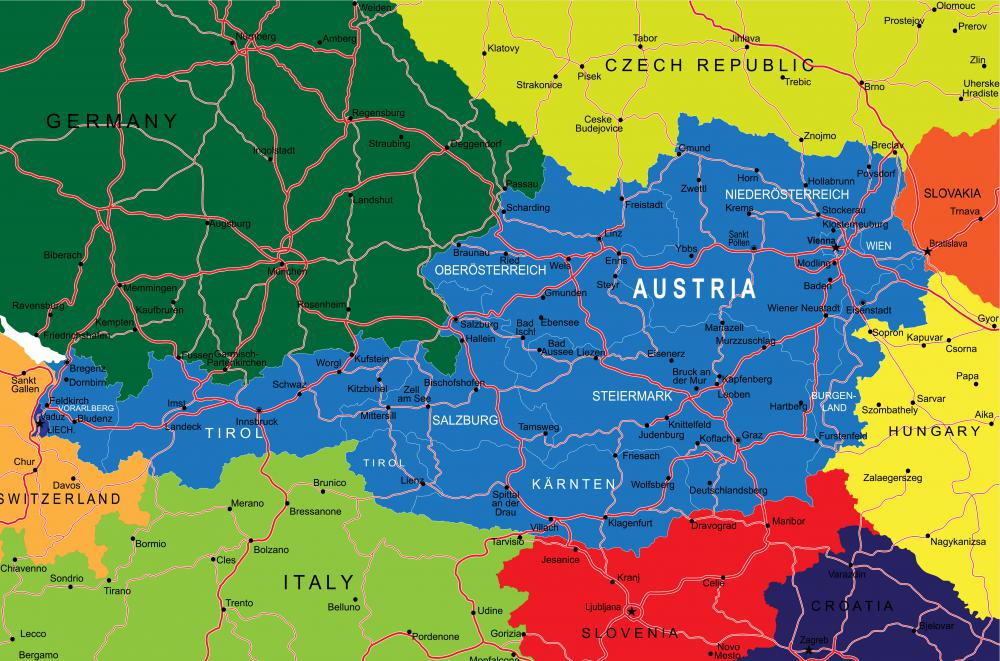At DelightedCooking, we're committed to delivering accurate, trustworthy information. Our expert-authored content is rigorously fact-checked and sourced from credible authorities. Discover how we uphold the highest standards in providing you with reliable knowledge.
What are Vanillekipferl?
Vanillekipferl are sugar cookies in the shape of crescents that are commonly found in Austria, Hungary and Germany. They have many other names, including vanille kipferl, Wiener vanille kipferl and Viennese crescent cookies. As some of their monikers suggest, the cookies are strongly associated with the city of Vienna, where they originated, according to legend. They are enjoyed, however, throughout the world by immigrants from the countries in which they are traditional fare. The cookies are also said to be the forerunner of a more familiar food: the croissant.
Basically, the ingredients of vanillekipferl are the same as those of a sugar cookie. They include flour, sugar, eggs, butter and vanilla, along with a leavening agent. The cookies often have ground nuts for flavor — the most common nuts used in these cookies are almonds and hazelnuts. They are often served dusted with powdered sugar or dipped in chocolate. The most distinctive characteristic of vanillekipferl is their shape: they are formed into crescents.

One legend of the origin of vanillekipferl is a tale of triumph from the days of the Austro-Hungarian Empire. The story is that when the empire’s army defeated the Turkish army at Vienna on 12 September 1683, the city’s bakers celebrated by making popular sugary cookies, called kipferl, into crescent shapes that mimicked the crescent moons that characterized the Turkish flag. After their defeat, the Turks fled, leaving behind the first sack of coffee beans to reach Vienna. The battle is thus credited with the establishment of Viennese coffeehouses, the venues in which the crescent cookies found a home.

The croissant may be the vanillekipferl with a French twist. The cookie was introduced to Paris by August Zang, an officer from the Austrian army who moved to France and founded a bakery on the Parisian Rue de Richelieu in about 1839. It is said that French chefs were inspired by his traditional Austrian fare. They re-created the crescent cookies in flakier form, creating the croissant, which takes its name from the French word for crescent.

Vanillekipferl are a popular creation in Austrian, Hungarian and German homes around the Christmas holidays. Immigrants celebrate their heritage by baking the cookies with their families. They also share their traditional recipes with others in their new countries as a way of sharing their culture. Eating the crescent cookie is a way of appreciating Austro-Hungarian culture and celebrating the history of the region.
AS FEATURED ON:
AS FEATURED ON:













Discuss this Article
Post your comments